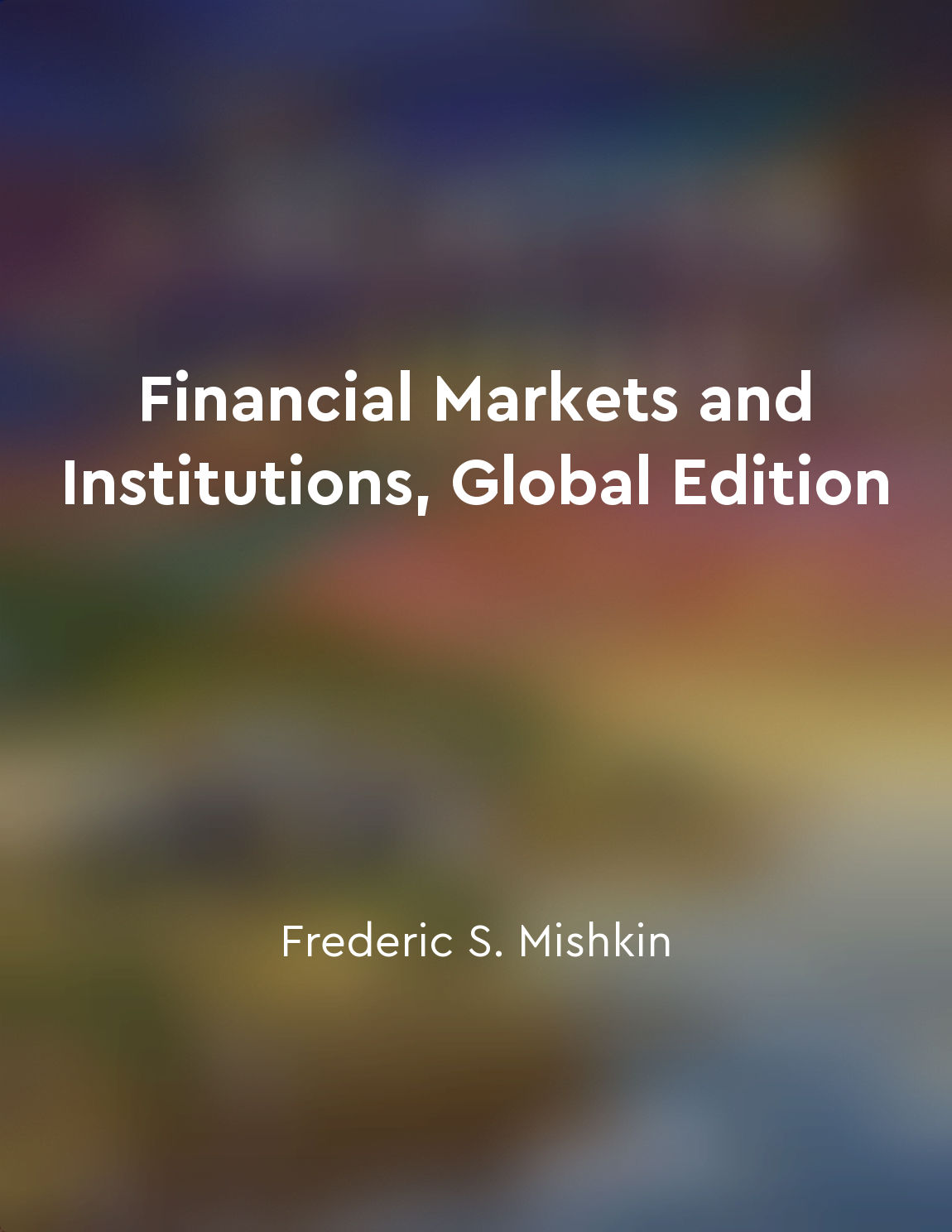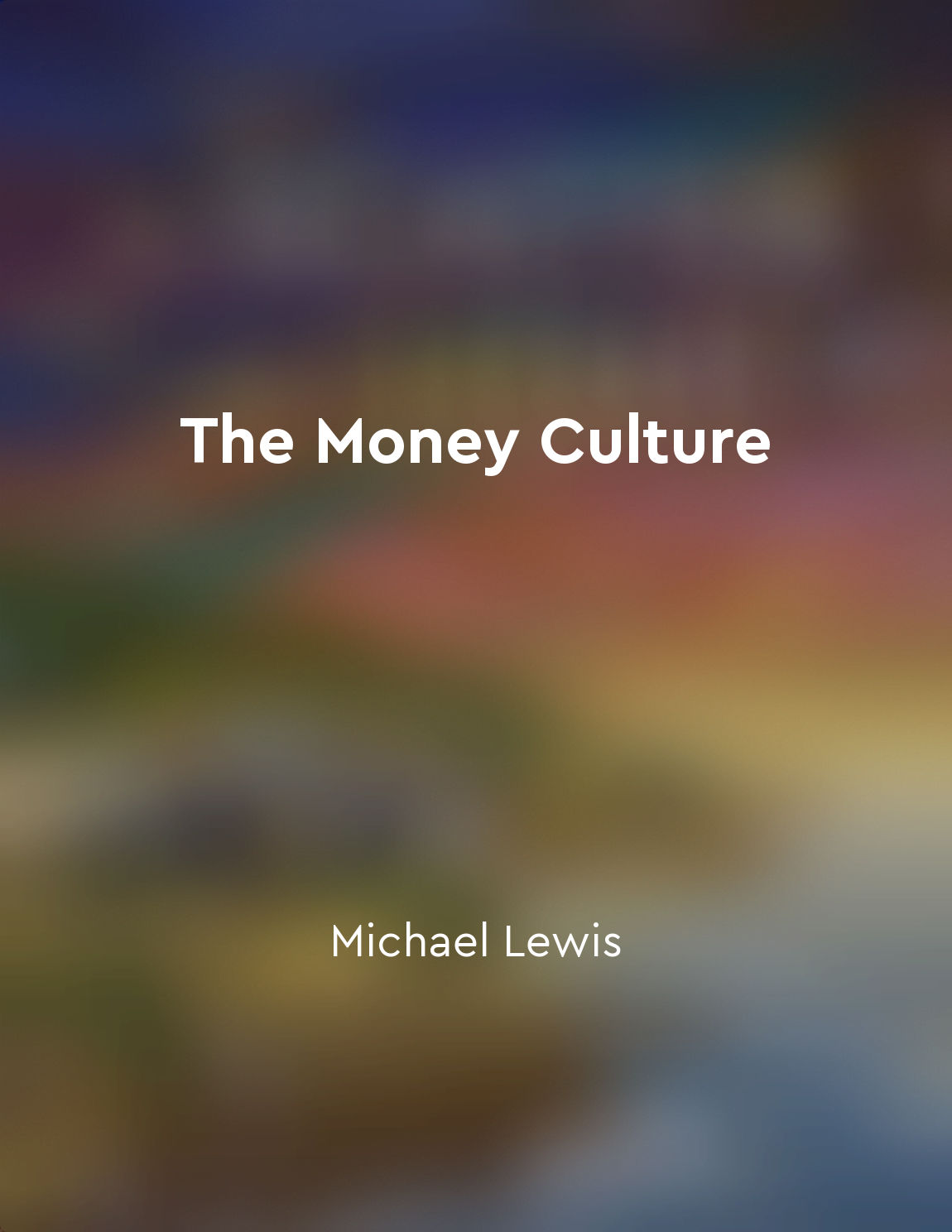Blind faith in financial institutions leads to crises from "summary" of The Money Culture by Michael Lewis
Blind faith in financial institutions is a dangerous game. It is akin to placing all one's trust in a house of cards, built on shaky foundations. When individuals and society as a whole blindly believe in the infallibility of these institutions, they set themselves up for a rude awakening. The trouble begins when people stop questioning the actions and decisions of financial institutions. Instead of critically analyzing the risks and potential pitfalls of their operations, individuals simply assume that these institutions know best. This blind faith can lead to a false sense of security, causing people to overlook warning signs and red flags that could signal impending crises. In times of crisis, the consequences of blind faith become painfully clear. People who have placed their trust in financial institutions are left vulnerable and exposed when these institutions fail. The fallout from these failures can be far-reaching, affecting not just those who were directly involved with the institution, but also innocent bystanders who are caught in the crossfire. The root of the problem lies in the disconnect between perception and reality. Financial institutions may project an image of stability and reliability, but beneath the surface, there may be hidden risks and vulnerabilities that go unnoticed. Blind faith in these institutions blinds people to these underlying issues, leaving them unprepared for the inevitable fallout when things go awry. To avoid falling into the trap of blind faith, people must remain vigilant and skeptical when it comes to financial institutions. They must be willing to ask tough questions, challenge assumptions, and demand transparency and accountability. By taking a more critical and discerning approach, individuals can better protect themselves from the dangers of blind faith and the crises that inevitably follow.Similar Posts

Investors use financial instruments to diversify their portfolios
Investors often seek to diversify their portfolios as a way to manage risk. This involves spreading their investments across di...
The Federal Reserve manages the US money supply
The Federal Reserve, often simply referred to as the Fed, plays a crucial role in the United States economy by overseeing and i...
Financial crises reveal vulnerabilities in global markets
Financial crises serve as a litmus test for the robustness of global markets. These crises have a way of exposing weaknesses an...
The housing bubble bursts
In the years leading up to the financial crisis of 2008, a dangerous phenomenon was brewing in the housing market. Prices of ho...
Regulatory shortcomings
The failures of regulatory oversight were glaringly evident during the financial crisis of 2008. The very institutions that wer...

The true cost of the crisis is immeasurable
The financial crisis of 2008 was like a tsunami that swept through the global economy, leaving behind a trail of destruction. T...

